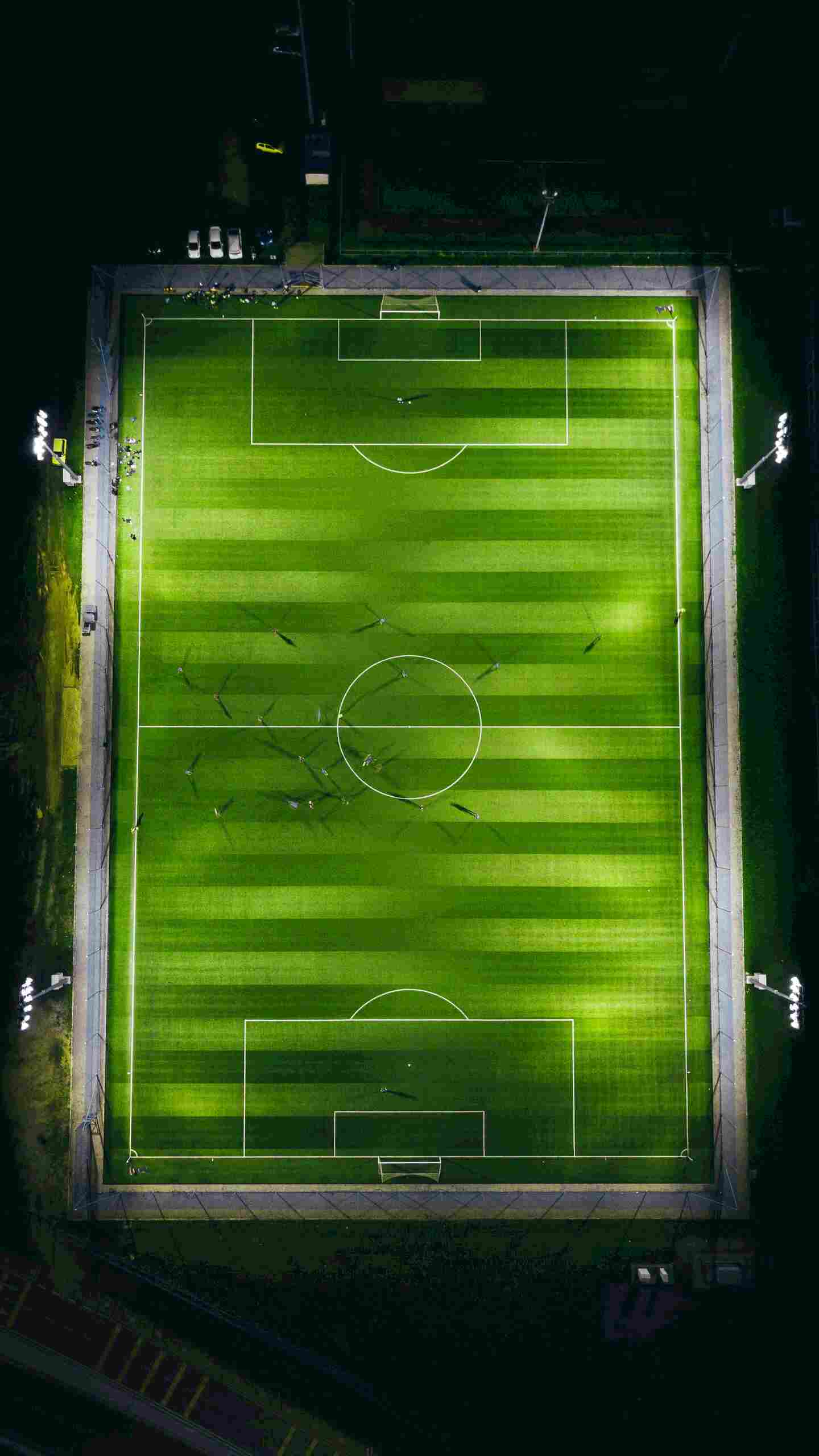Sports
What technology is used during a Premier League Game?

The Premier League is the top level of the English football league system. Contested by 20 clubs, it operates on a system of promotion and relegation and it was formed in 1992 as a breakaway from the Football League and was initially composed of 22 clubs. Since then, several teams have left, and others have replaced them.
Since its inception, the most significant change to the Premier League has been the introduction of live television coverage, which began in 1992. Sky Sports now broadcasts live matches from all 38 Premier League games each season, while BT Sport shows 42 live rounds. In total, there are over 800 hours of Premier League action available to watch live on TV each season.

In addition, to live television coverage, the Premier League is also available to watch online via several different websites and apps. The official website and app for the Premier League offer live streaming of some matches, highlights, and other exclusive content. Other popular streaming services, such as NOW TV and BT Sport, provide live coverage of some Premier League games.
And did you know that there is a list of new betting sites UK that people are now using for Premier League games? If you’re a fan of the sport or gambling, you’ll want to ensure you’re keeping up with the latest news.
This article will look at what technology is used during Premier League games and their significance in making the matches better and transparent.
The Use Of Goal-Line Technology
Goal-line technology is a system used to determine whether a ball has crossed the goal line or not. The technology was first used in a competitive match in 2012, during a FIFA Club World Cup match between Japanese side Ulsan Hyundai and Mexican side Monterrey.
Since then, the technology has been used in several major tournaments, including the 2014 FIFA World Cup, UEFA Euro 2016, and the 2017 Confederations Cup. All the 20 clubs in the Premier League are currently using Goal-line technology.
The Goal-line technology system works with a camera installed on the goal-line and a watch worn by the referee.
When the ball crosses the line, the camera sends a signal to the watch, which vibrates and alerts the referee.
Goal-line technology has helped referees make correct decisions in several high-profile matches. In 2014, France was awarded a goal against Honduras in their World Cup opener after the ball bounced down from behind the crossbar and landed just over the goal-line. Goal line technology confirmed the decision.
Hawk-Eye Technology
Hawk-Eye is a camera-based system for tracking the ball’s position and predicting its trajectory. The method comprises several high-speed cameras, which experts mount around the stadium.
These cameras track the ball’s position and send the information to a computer, producing a 3D image of the ball’s trajectory. The Premier League uses Hawk-Eye to help referees make decisions on close calls, such as whether a ball has crossed the line for a goal or not.
Video Assistant Referees (VAR)
Video assistant referees (VAR) is a system that helps review the referee’s decisions. The system was first used in a competitive match in 2017, during a FIFA Confederations Cup match between Portugal and New Zealand.
The system is a variety of several cameras mounted around the stadium. These cameras record the match and send the footage to a team of officials who review the footage and make decisions on whether or not the referee’s decision is correct.
If the officials believe that the referee’s decision was incorrect, they can advise the referees to change their decision.
Pitchside Monitors
The fourth official to review decisions made by the referee uses Pitchside monitors. Here, a group of cameras record the match and send the footage to a team of officials who examine the footage and decide whether or not the referee’s decision is correct.
If the officials believe that the referee’s decision was incorrect, they can advise the referee to change his decision.
GPS Tracking
GPS tracking is a system that tracks players’ movements during a match.
The system comprises several GPS units, which the players wear. These units send information to a computer, producing a map of the player’s movements. GPS tracking is used by clubs to analyze the performances of their players and to help with player recruitment.
Wrapping Up
The technology used in Premier League games has come a long way. Using goal-line technology, hawk-eye technology, and video assistant referees have helped ensure that all decisions made during a game are fair. Clubs also use GPS tracking to track their players’ movements and analyze their performances.
